Engineering External
1/82
There's no tags or description
Looks like no tags are added yet.
Name | Mastery | Learn | Test | Matching | Spaced |
|---|
No study sessions yet.
83 Terms
plastic gears would most likely be manufactured from?
nylon
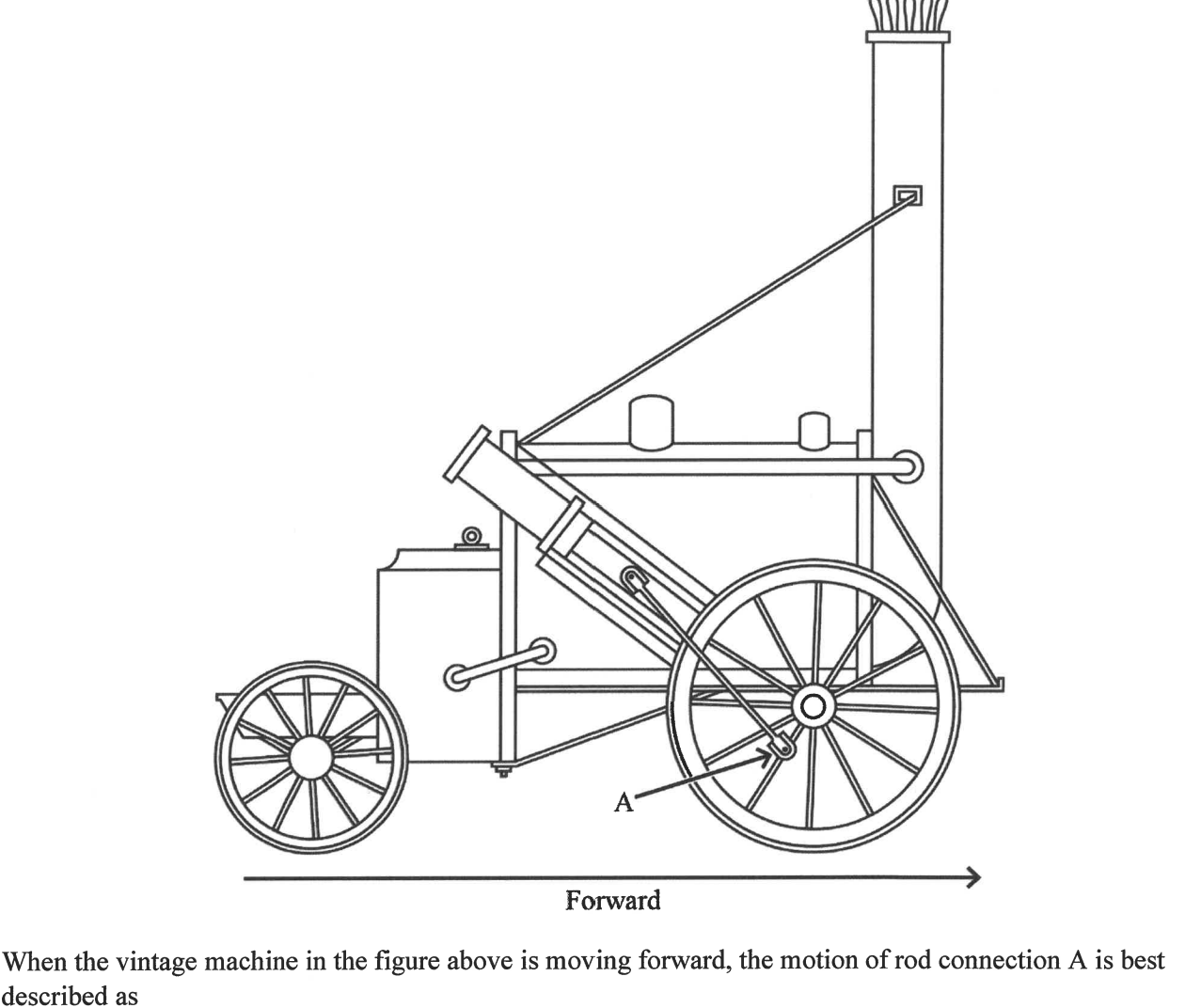
type of motion?
reciprocal and oscillating
describe how one feature of a bicycle provides the rider with a mechanical advantage
Crank - pedals are offset on the crank which produces a crank-lever MA reducing effort because of the distance from the pedals to the rotating shaft
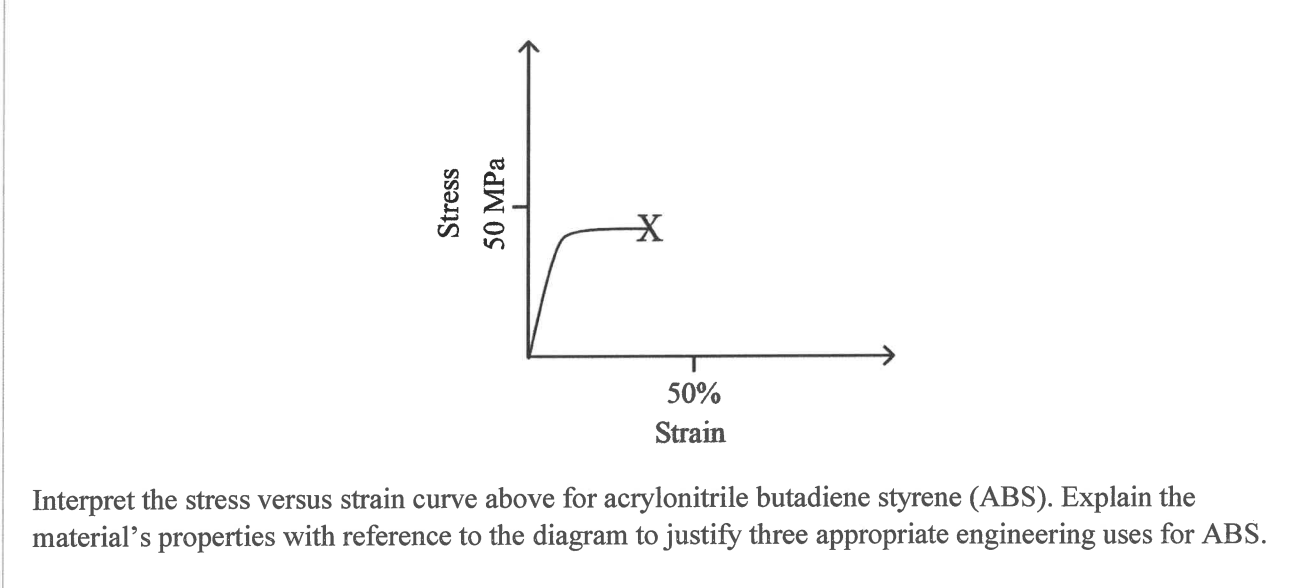
properties and uses?
properties: rigidity, high tensile yield strength (absorbs stress whilst maintaining elasticity), tough
uses: personal protective equipment, computer keyboards and power tool housings
recall an engineering problem that required machines or mechanism as part of the engineered solution. (community benefits, types of engineering knowledge and expertise used. materials, forces, mechanisms and community impacts.)
Animal waste for biogas:
sustainable energy supply for cooking/lighting
solid waste output fertilises crops
system is easily maintained and consists of lightweight, strong and easily transported polymer tanks
few moving parts and minimal forces since biogas is not contained under high pressure
reduced need for firewood so less erosion
drinking water is cleaner
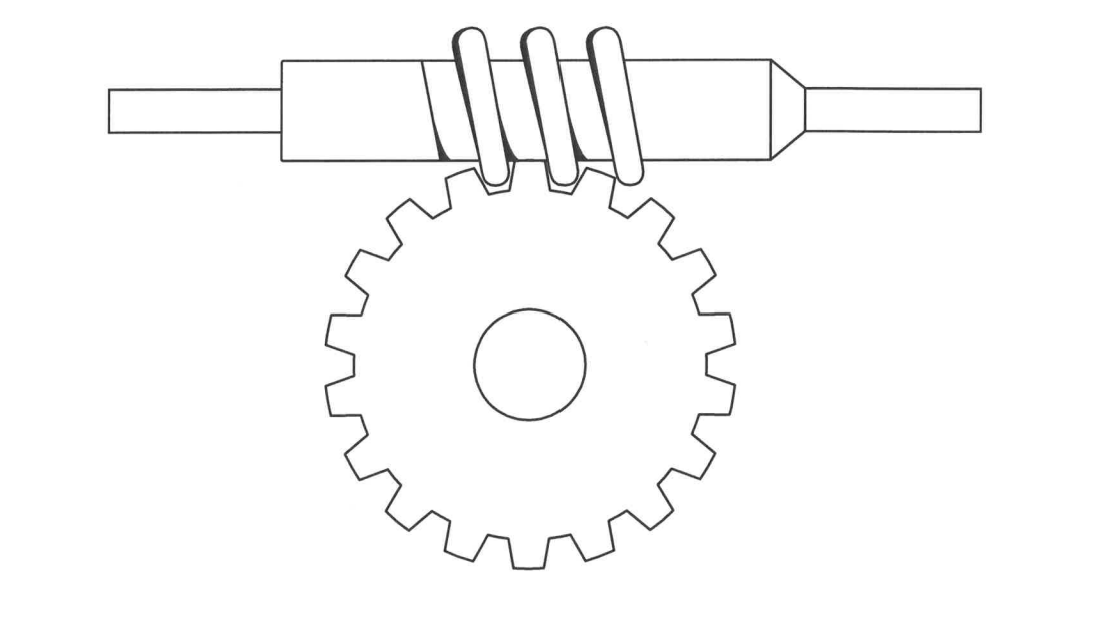
gear ratio?
18:1
high voltage transmission cable insulation would most likely be manufactured from?
polyethylene
what is the proportional limit?
The greatest stress that a material can withstand without losing straight-line proportionality between stress and strain within the material’s elastic limit.
pla properties that make it good for medical implants?
biodegradability, tensile strength, resistance to chemicals, non-toxic in solid form
why would an engineer recommend solar-powered water pumps for crop irrigation?
(3 types of technology knowledge, 2 factors of each)
local environmental conditions:
most days cloud free would allow pumps to operate efficiently
overcast when rain is likely - pumps operate less, water is saved
Economics
high cost of installation but low cost of running
cheap and efficient transport of water
Sustainability
pumps supply large volumes of water
must consider sustainability and irrigation system as breakdowns would need to be repaired
implementation of mechanical system considered in maintenance
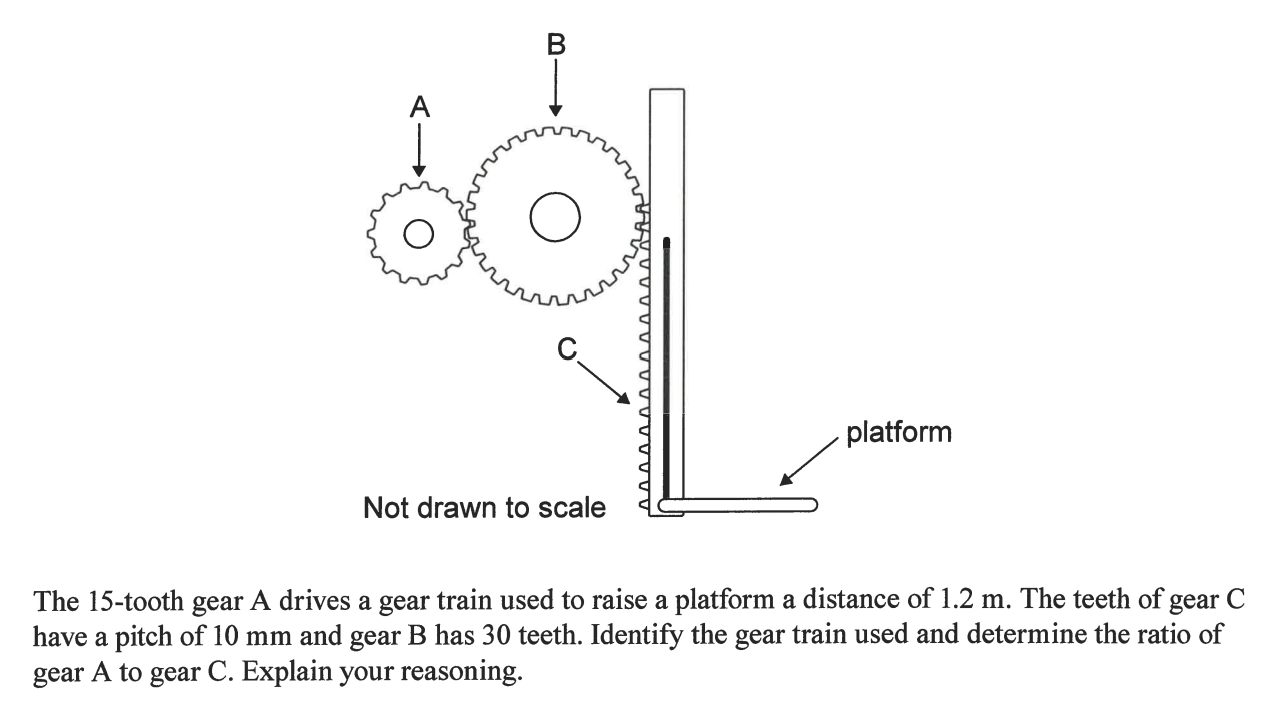
gear ratio?
gear ratio determined using distance travelled by rack for each revolution of the pinion gear B
pitch of teeth = 10mm and teeth in gear B is 30 so 1 revolution will raise the rack 300mm
To lift rack 1.2m, gear B must rotate 4 times
gear ratio (A to B) = 30/15 = 2:1
Gear A turns 8 times to turn Gear B 4 times to lift platform 1.2m
gear ratio (A to C) = 1200/8 = 1 to 150mm
Where on stress-strain curve would you use to determine stiffness?
linear section at start within the elastic limit
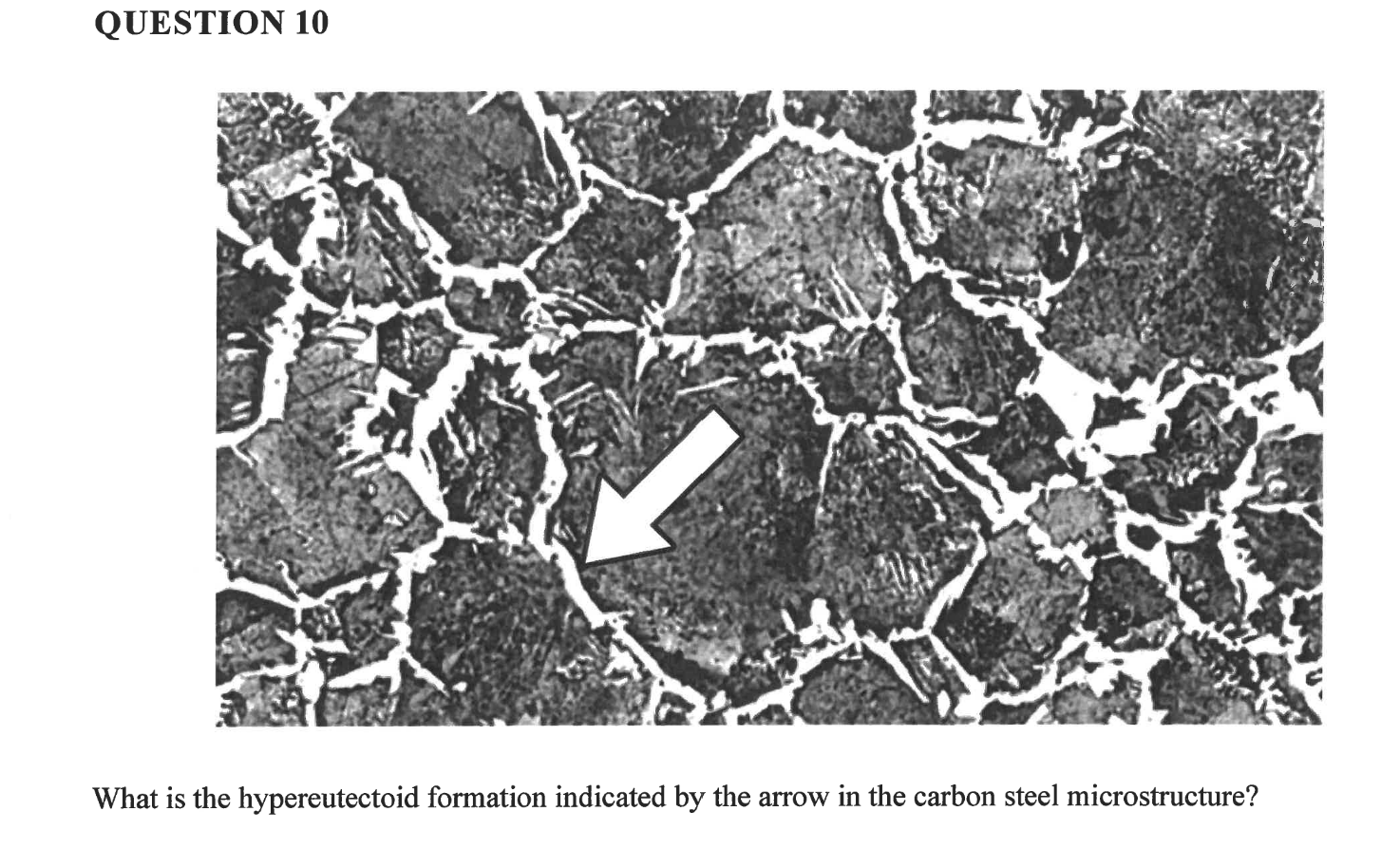
what is the formation?
cementite
fields of knowledge for a biomedical engineer?
electrical, mechanical, materials, electronics
explain how the microstructure of a 3% carbon cast iron changes during the cooling between the eutectic and eutectoid temperatures.
When the eutectic temperature of around 1147 degrees is reached, the residual liquid forms the eutectic mixture of austenite and cementite along with previously formed austenite dendrites. As the temperature drops toward eutectoid temperature, carbon precipitates out of the austenite to be deposited as growing areas of eutectic cementite. When the eutectoid temperature of 723 degrees is reached, the remaining austenite with 0.8% carbon changes to pearlite.
describe a community problem related to a sustainability and an engineered solution.
stoves in developing countries like India that use biomass like timber as fuel
detrimental to environment and poor air quality
knowledge of alloys and ceramics by engineers to develop low cost solution
metal alloys: improve burning efficiency by 50% and reduce size
heat efficient ceramics: reduces smoke by 95%
Reducing mass of timber burned (long and short term benefits): improving air quality, improving respiratory health and reducing effects on global warming
applications of carbon steel with 0.15% to 0.30% carbon content?
structural plates, seamless tubes, forgings, stampings
a plastic beaker used to hold liquids in a lab is commonly manufactured using?
polypropylene
steeling containing 0.11% carbon is?
low carbon steel
applications of abs?
bumper bar of car, electrical wall socket, hard hat, face shield
explain how a mechanical engineer might use the problem-solving process to develop a solution for automotive components on a production line to be automatically pressed and moved. (2 areas of engineering expertise?)
in the automotive manufacturing industry, explore similar problems involving these machines that automatically press and move components
SSC to develop, test, evaluate ideas and prototype
knowledge of how metals plastically deform into components
knowledge of how sensors control the function of automated stamping machines
solution manufactured and refined after evaluation of its function using SSC
using examples explain why gears are used in the design of vehicles
gears are sued to change speed, torque and rotation direction
engineers use a combination of gear rations to change speed/torque
e.g. sports cars are fast but cannot hold heavy loads, trucks are not fast but can hold heavy loads
justify why pvc based polymer is a suitable material for student travel cards
durable and waterproof
lower cost so mass production
appropriate rigidity whilst maintaining some flexibility, reducing potential for accidental breakages
lightweight
ease of manufacture
how can engineers use an understanding of the effects of drag to improve the design of racing yacht hulls
minimising drags means maximum forward thrust hence increased speed
polished surfaces mean less drag
streamlined shape of hull minimises vortices
minimise weight with appropriate materials
benefits of using electric motors to power self-driving cars
increased use of renewable energy
reduced atmospheric particulate matter
improved power to weight ratio
decreased noise pollution
easier to integrate into an automated vehicle control system
why is PP an appropriate material for sleds
lightweight
easy to mould in an injection moulding machine
provides high flexural strength and durability
smooth with a low coefficient of friction
controls technologies that make modern cars safer
reverse cameras and sensors
ABS brakes prevent lock up of brakes and skidding
cruise control allows driver to maintain a constant speed to suit the speed limit and road conditions
airbags
electronics stability program (ESP)
describe the development of a specific material that has changed bicycle frames
carbon fibre composite frames are super lightweight with high rigidity and strength
strength to weight ratio permits the use of thinner walled tubular frames
compare ramp with block and tackle
Block and tackle:
uses mechanical advantage
operates in a small space
varied angle of effort
Ramp:
operates in most environments
simple to operate
parts easy to assemble
explain the in-service and manufacturing properties of ABS that make it suitable for an exterior shell of a helmet
In-service:
lightweight
relatively strong
relatively tough
relatively flexible
Manufacturing:
thermo-softening polymer
readily coloured
easily moulded to complex shape
lends itself to mass production
compare the use of polycarbonate and aluminium alloy for traffic light housing
polycarbonate is an electrical insulator, lighter weight for strength, chemically inert/non-corrosive, more complex moulded shapes
compare the use of composites like reinforced carbon and aramid fibre over the use of traditional materials such as aluminium alloys for applications like modern aircraft production
better strength to weight ratio
low corrosion characteristics
low drag surface
readily formed into complex shapes
good with adhesives as joining mechanisms
how has a certain field of engineering contributed to the manufacture of the modern bicycle
Production engineers:
mass production
interchangeability of parts
assembly lines
robotics
quality control
properties of polymers that make them suitable for cable insulation
high ductility and flexibility
what are iron-carbon alloys containing over 2% carbon known as
cast irons
what is the maximum percentage of carbon on ferrite
0.022%
The temperature and carbon content at which the eutectic reaction occurs in Fe-C equilibrium diagram
1147°C and 4.3%
approximately 0.8% C steel is called
eutectoid steel
toughness
the ability of a material to absorb energy up to fracture. it is equal to the area under the elastic and plastic region on a stress strain curve.
what principle do all simple machines ideally work on
work input equals work output
what are the different simple machines
screw (car jack), lever (seesaw, crowbar), incline plane, pulley (box and tackle), wedge, wheel and axel (gears, pinion and rack)
how can the mechanical advantage of a wedge be increased
make it longer
What is the purpose/role of a mechanical engineer? What are some examples of mechanical engineering projects?
Designs/analyses/creates/maintains physical machines that involve force and movement.
Anything that has mechanical aspects, e.g., electric generators, combustion engines, steam/gas turbines, fridges, AC systems, etc.
What is the purpose/role of a mechatronic engineer? What are some examples of mechatronic engineering projects?
Focuses on the integration of mechanical, electrical and software engineering to create computer-controlled machines/systems.
Anything that has mechanical, electrical and software aspects, e.g., robotic arms, aircraft control systems, elevators, etc.
What is the purpose/role of a biomechanical engineer? What are some examples of biomechanical engineering projects?
Designs/analyses/creates/maintains equipment and devices that relate to the human body.
Anything that has mechanical and biomedical aspects, e.g., artificial organs, limbs, as well as various sensors for diagnosis of conditions.
explain how a bicycle works
Basic machines: lever (pedals), pulley (chain), and wheel & axle
Used to allow people to travel faster while expending less energy (more efficiency)
coverts reciprocal motion into linear motion through the wheels, and provides a mechanical advantage at the crank
explain how a car jack works
Basic machines: screw (thread rod)
Used to allow people to lift a car while expending less energy (more efficiency)
Rotary input provides mechanical advantage at the fulcrum. This rotary input is converted into linear motion directed upwards.
explain how a crowbar works
Basic machines: first order lever
Used to allow people to pry things apart while using less energy (efficiency)
Iron or steel bar that is usually wedge-shaped at the working end
what are the four types of motion?
Linear -in a straight line
Rotary - circular motion (eg. a tyre)
Oscillatory - Circular motion except changing direction (so back and forth, like a pendulum)
Reciprocal - Linear motion back and forth, returning to original position each time
Mechanical Advantage
A measure of the force amplification achieved by using a tool, mechanical device or machine system; ideally, the device preserves the input power and simply trades off forces against movement to obtain a desired amplification in the output force; the model for this is the law of the lever
Velocity Ratio
The ratio of the distance moved by the point of application of the effort to the distance moved by the load in a simple machine.
Angle of repose
The maximum angle at which an object can be placed on an inclined plane without it starting to slide down the slope due to the force of gravity.
It represents the steepest angle the incline can have while still maintaining static equilibrium (i.e. the object is at rest and not accelerating)
low carbon steel
0.07% to 0.15%
Automobile body parts, Wire products
mild carbon steel
0.15% to 0.30%
2. Structural plates and sections, Stampings, Forgings, Seamless tubes, Boiler plates
medium carbon steel
30% to 0.60%
Forgings, Automotive components, including shafts, axles, gears, crankshafts and also Train rails, wheels & axles (only 0.40% to 0.60%)
high carbon steel
60% to 1.25%
High-strength spring materials, Wires, Cutting tools, Punches, Dies, Industrial knives
ultra high carbon steel
25% to 2.00%
Highly tempered non-industrial-purpose knives, Punches, Axles
stampings
Stampings are components/parts made from thin sheets/coils of carbon steel, that go through a stamping press or a die. The process involves applying pressure to the steel material, allowing it to take a specific shape
forgings
Forgings are components/products made by heating carbon steel to a high temperature and then shaping it using mechanical force, typically through hammering, pressing or rolling. Forging improves the strength and durability of steel by aligning its grain structure
boiler plates
Boiler plates are flat carbon steel plates that are specifically designed for use in the construction of boilers and pressure vessels. They are engineered to withstand high temperatures and pressures without deformation or failure.
punches
Punches are tools/devices that are used to create holes/indentations in materials. They have a pointed/sharp end for cutting/piercing through materials
dies
Dies are tools/moulds used for shaping or forming other materials. They are typically used in conjunction with a press or stamping machine to create specific shapes.
Polyethylene (PE)
Polyethylene is a widely used plastic with variations like HDPE and LDPE. It is known for its flexibility, chemical resistance, and good electrical insulating properties.
plastic containers, water pipes, cable insulation
polypropylene (PP)
Polypropylene is a common thermoplastic polymer known for its strength, toughness, and resistance to heat. It is also chemically resistant and has a low density.
laboratory equipment, electronics. automobile products
ABS
ABS is a tough, impact-resistant thermoplastic known for its strength and durability. It has good temperature resistance and can be easily moulded.
automotive body parts, household electronics & electrical appliances, business equipment
PLA
PLA is a biodegradable thermoplastic made from renewable resources like cornstarch or sugarcane. It is known for its environmental friendliness and ease of 3D printing.
automobile interiors, medical implants, screws, plates, pins, rods, mesh
PVC
PVC is a versatile thermoplastic known for its chemical resistance and durability. It can be rigid or flexible, depending on its formulation.
automobile parts, electronic and electrical equipment, water/waste drainage pipes, furniture
Nylon
Nylon is a synthetic thermoplastic known for its strength, toughness, and wear resistance. It can be used in various forms, including fibres and engineering plastics.
Gears, Rollers, Guides, Bearings, Wear Pads
What are the following terms: logical true, logical false, logical identity and logical negation
Logical true: 1
Logical false: 0
Logical Identity: A = A
Logical Negation: A --> ~A ("not A")
What % carbon is the eutectoid point and what Temperature is it at?
76% carbon 723 °C
What % composition is the eutectic point on a Lead Tin diagram and what Temperature is it at?
61.9% Tin and 183 °C
velocity ratio of an inclined plan
VR = 1/(sin(θ))
velocity ratio of a car jack
VR = (πD ) / (pitch)
velocity ratio of a spur gear
VR = (Number of teeth on driven gear)/(Number of teeth on driving gear)
or
(Angular vel of driver) / (Angular vel of driven)
or
(Diameter of driven) / (Diameter of driving)
velocity ration of worm gear
VR = (Number of teeth on worm gear) / (Number of threads (starts) on worm)
velocity ration of rack and pinion
VR = (Number of teeth on rack) / (Number of teeth on pinion)
velocity ratio of a belt
VR = (Diameter of driven sheave) / (Diameter of driving sheave)
microstructures of carbon steel
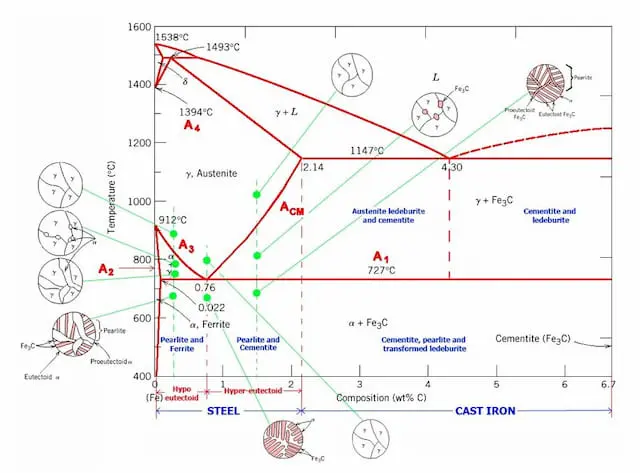
explain the concepts of mechanical advantage and work done in the context of a crowbar
A crowbar is a simple machine that increases mechanical advantage as a first class lever by increasing the velocity ratio. By having the pivot point closer to the load, the output force is increased due to the large distance to the input force. The user must push the crowbar handle a further distance than the distance moved by the load but this allows for a greater output force. Therefore a higher velocity ratio makes the mechanical advantage higher by amplifying the effort force.
engineers without borders
Engineers Without Borders focuses on providing sustainable engineering solutions to underserved communities, often in developing countries. Common community problems they address include:
Clean Water Access: Engineers design water filtration systems, solar-powered water pumps, and irrigation systems that are reliable and low-cost. Mechanical and mechatronic engineers often develop these systems to operate in off-grid areas.
Energy Poverty: Engineers create solar power systems, wind turbines, and biomass generators for remote communities. These machines provide renewable energy, improving living standards and enabling sustainable growth.
Sanitation: Inadequate sanitation leads to the spread of disease. Engineers design mechanized composting toilets or wastewater treatment systems that are affordable, eco-friendly, and tailored to community needs
human interface technologies
Human interface technologies are vital for creating devices that communities can use easily and intuitively. These technologies address problems like:
Accessibility for Disabled/Elderly: Human interface engineers design automated doors, grabbers, and smart home systems with intuitive interfaces that assist people with limited mobility. For example, a door that uses sensors and motors to automatically open without requiring physical strength can dramatically improve independence for the elderly.
Education and Healthcare: In underserved areas, telemedicine devices and digital education platforms are being implemented with easy-to-use interfaces. These systems bridge gaps in access to healthcare and education, providing remote medical consultations or educational resources with simple touch-screen interfaces or voice commands
Disaster Response
Natural disasters—such as earthquakes, floods, and hurricanes—create urgent community needs for rescue, recovery, and rebuilding. Engineers work on designing machines and systems that provide fast and effective solutions during disasters like:
Search and Rescue: In disaster zones, rapid response is critical. Rescue robots and drones can be deployed to search for survivors in dangerous environments. Drones equipped with cameras or thermal imaging sensors can identify people trapped under rubble or in remote areas.
Temporary Shelter: After a disaster, displaced populations require shelter. Engineers design modular, rapidly deployable housing units with mechanical systems for easy setup. These units often include energy-efÏcient features like solar panels or built-in water filtration to sustain displaced communities.
Disaster Communication Systems: Power and communication lines are often knocked out during disasters. Engineers develop portable communication towers, solar-powered radios, and satellite-based networks to restore communication in affected areas quickly, allowing communities to coordinate relief efforts and receive timely updates
areas of engineering expertise to benefit communities
1. Infrastructure Development
Roads and Bridges: Design and construct transportation networks to improve connectivity.
Water Supply Systems: Develop systems to provide clean drinking water.
Waste Management: Create efÏcient waste disposal and recycling systems.
2. Public Health and Safety
Medical Devices: Develop life-saving equipment like ventilators, MRI machines, and prosthetics.
Sanitation: Design sewage systems to prevent disease.
Safety Engineering: Implement safety protocols in buildings and public spaces
3. Environmental Protection
Renewable Energy: Develop solar, wind, and other renewable energy sources to reduce pollution.
Pollution Control: Design systems to reduce industrial emissions and manage waste.
Sustainable Design: Create eco-friendly buildings and products.
4. Technology and Innovation
Smart Cities: Integrate technology to improve urban living (e.g., smart traffic management, energy-efficient buildings).
Communication Systems: Develop reliable communication networks (e.g., 5G).
Automation and Robotics: Enhance productivity and efÏciency in various sectors.
5. Disaster Management
Early Warning Systems: Develop systems to predict and warn about natural disasters (e.g., tsunamis, earthquakes).
Resilient Structures: Design buildings and infrastructure that can withstand disasters.
Emergency Response: Create technologies for efÏcient emergency response and recovery.
6. Education and Empowerment
STEM Education: Promote science, technology, engineering, and math education to inspire future engineers.
Community Training: Provide technical training to communities for better employment opportunities.
Open-source Innovations: Develop and share open-source projects that communities can use and improve.
7. Economic Development
Industrial Engineering: Improve manufacturing processes to boost local economies.
Transportation: Design efÏcient logistics and transportation systems to enhance trade and commerce.
Agricultural Engineering: Develop technologies for better farming practices and increased food production.